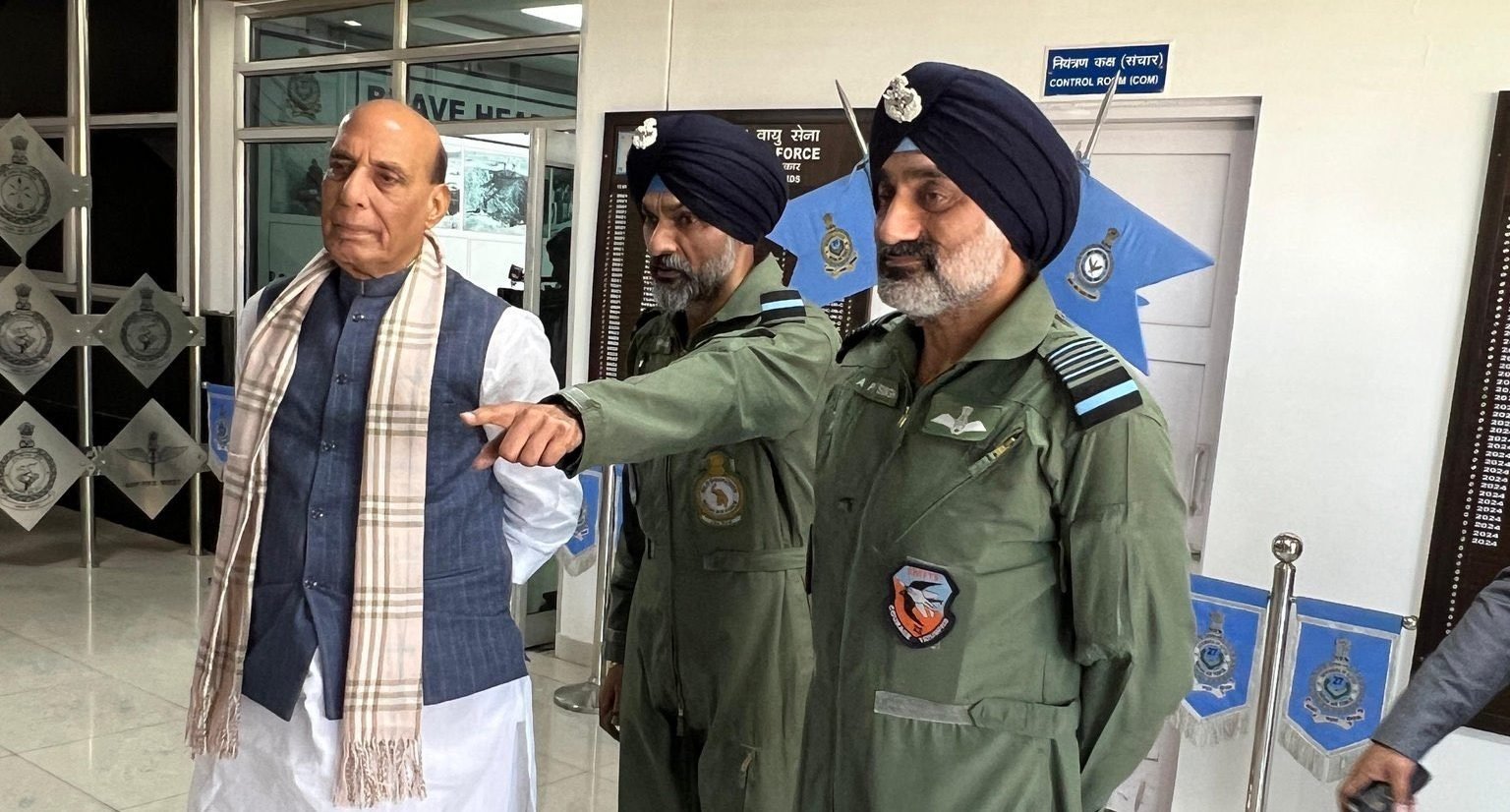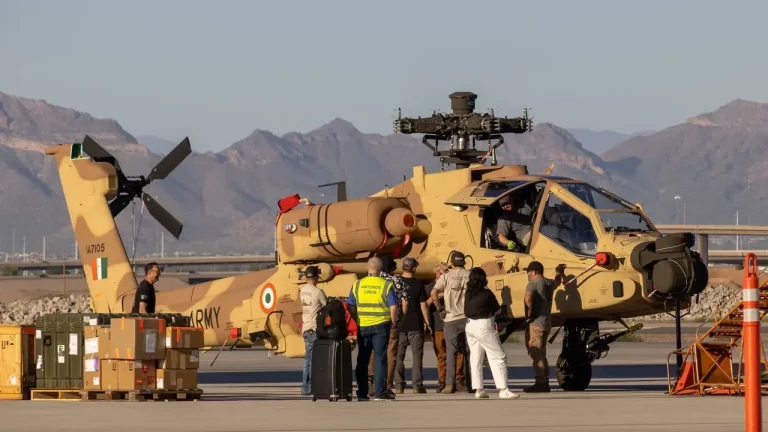Defence Minister Rajnath Singh visited the Air Force Station in Bhuj to conduct a thorough review of the Indian Air Force’s execution of Operation Sindoor, a tactical military campaign launched after the April 22 terrorist attack in Pahalgam. Executed on May 7, 2025, the operation focused on neutralizing significant terrorist infrastructure in Pakistan and Pakistan-occupied Kashmir (PoK), specifically targeting camps associated with Lashkar-e-Taiba and Jaish-e-Mohammed that were believed to be responsible for the attack.
During Singh’s visit, he received a detailed briefing on the mission, which incorporated advanced weaponry such as the BrahMos supersonic cruise missile, along with precision-guided munitions like HAMMER and SCALP. The airstrikes were completed in an impressive timeframe of just 23 minutes, highlighting the Indian Air Force’s enhanced operational capabilities, precision, and real-time coordination.
The Bhuj airbase, strategically located near the India-Pakistan border, played a crucial role in the successful launch and support of the operation. Following the strikes, the base has stayed on high alert, especially after a series of attempted drone incursions by Pakistan during the night of May 9-10. Indian forces responded effectively, intercepting and neutralizing the UAV threats while maintaining a strong air defense posture.
Accompanied by senior officials from the Indian Air Force, Singh inspected the base’s operational readiness and infrastructure. He expressed commendation for the air warriors’ dedication and expertise while reiterating the government’s unwavering stance on terrorism. Singh voiced strong opposition to international financial support for Pakistan from institutions such as the IMF, highlighting concerns that such assistance might be misappropriated for funding terrorism—an issue he has consistently raised in previous international forums.
Singh’s visit occurred shortly after a US-mediated ceasefire agreement between India and Pakistan was announced on May 10, 2025. This truce, brokered by US President Donald Trump, followed India’s retaliatory airstrikes against multiple Pakistani military installations, including key airbases at Murid and Sargodha. The strikes resulted in significant damage to military infrastructure and effectively grounded several Pakistani combat aircraft, including JF-17 Thunders and F-16 Fighting Falcons. Indian forces also disrupted drone operations at bases hosting Chinese and Turkish UAVs.
The Defence Minister’s two-day tour of Gujarat encompasses an evaluation of border security measures and inter-services coordination along the international boundary. The Bhuj airbase, which also serves as a dual-use runway with the civilian Bhuj Airport, continues to be a pivotal point for strategic surveillance and defense in India’s western frontier.
Operation Sindoor has garnered widespread acclaim as a precise and impactful counter-terrorism response, representing a significant stride in India’s evolving military doctrine. Analysts regard the operation as a testament to India’s increasing strategic confidence and a clear message of deterrence against potential future cross-border terrorism.



















